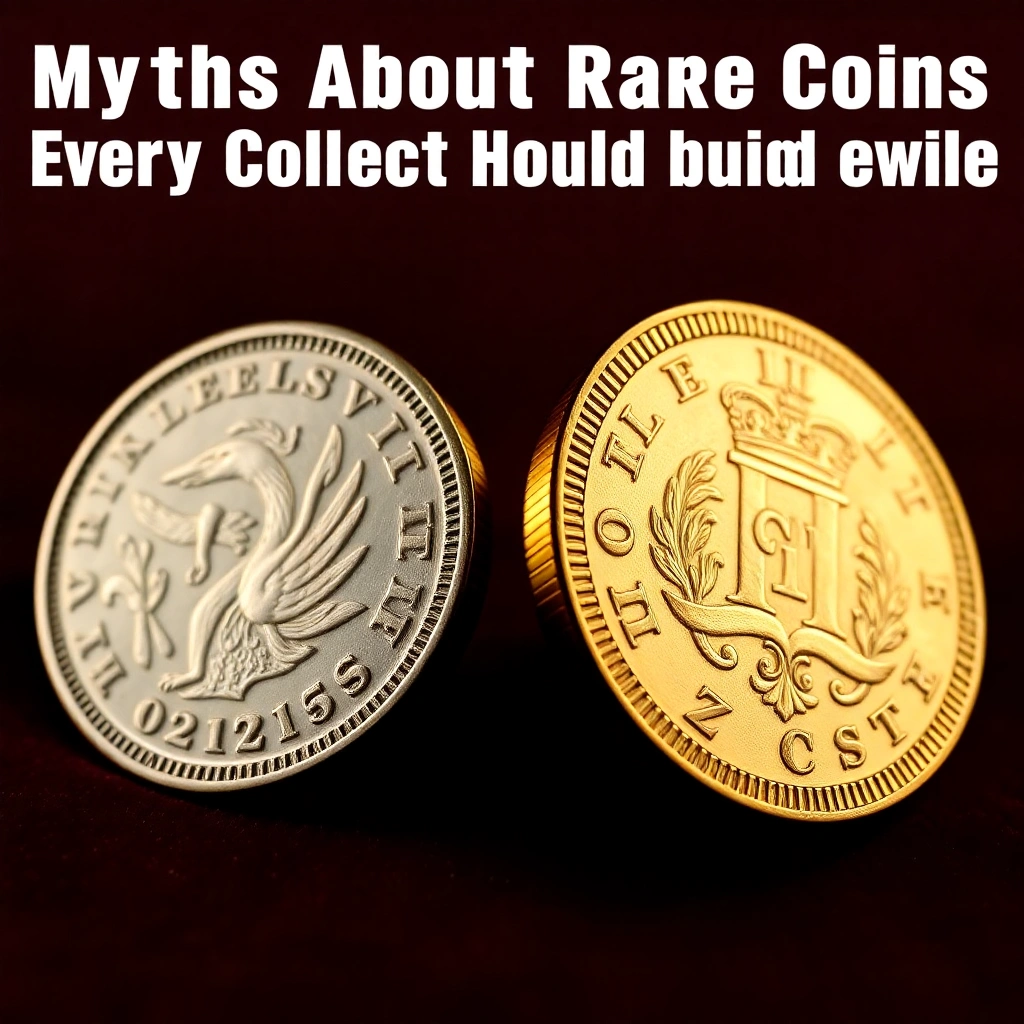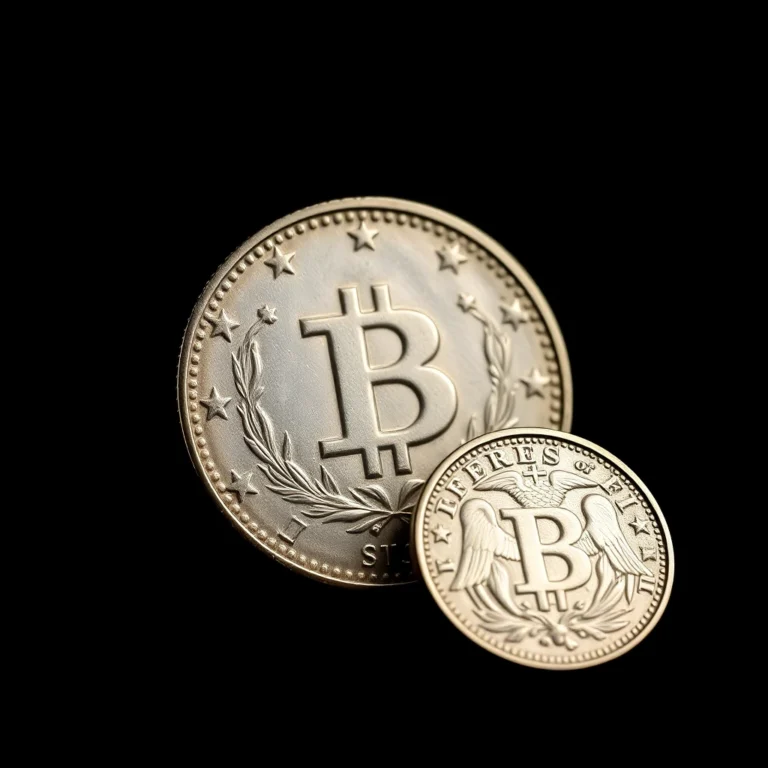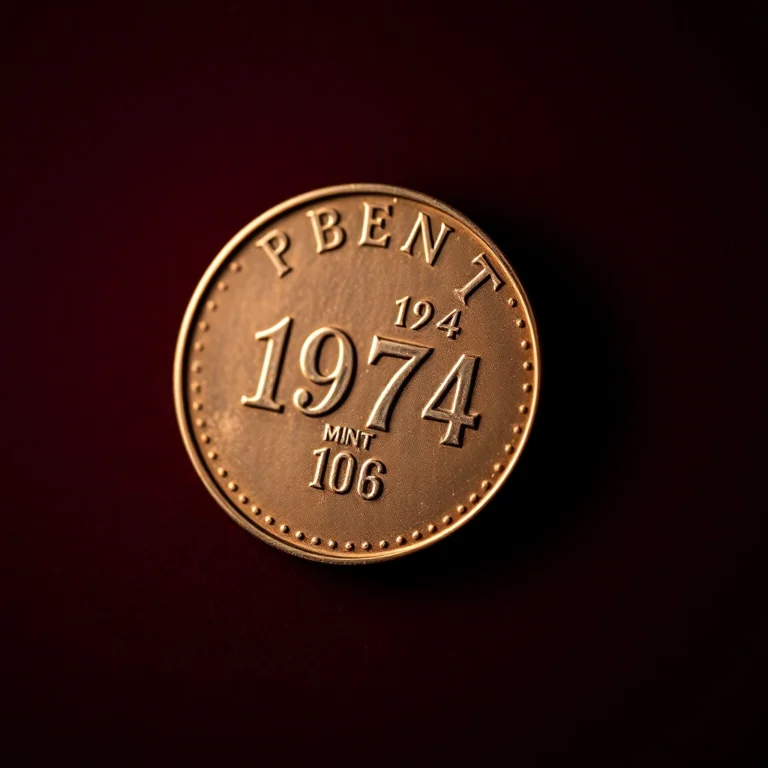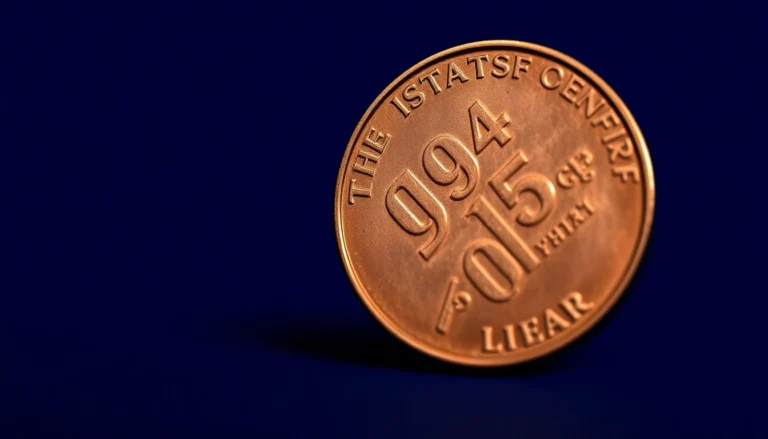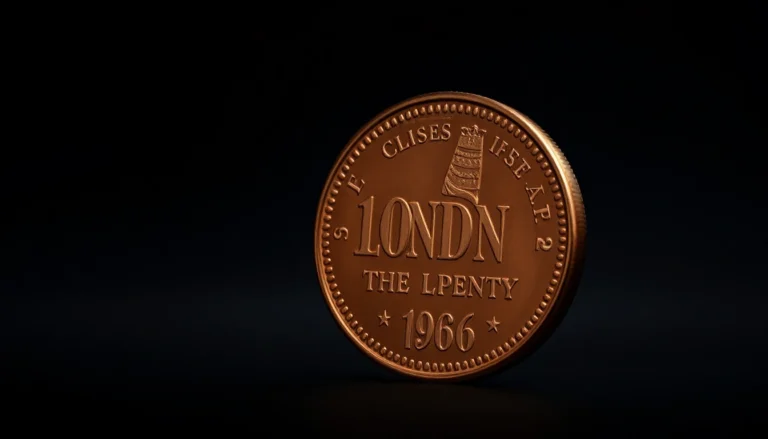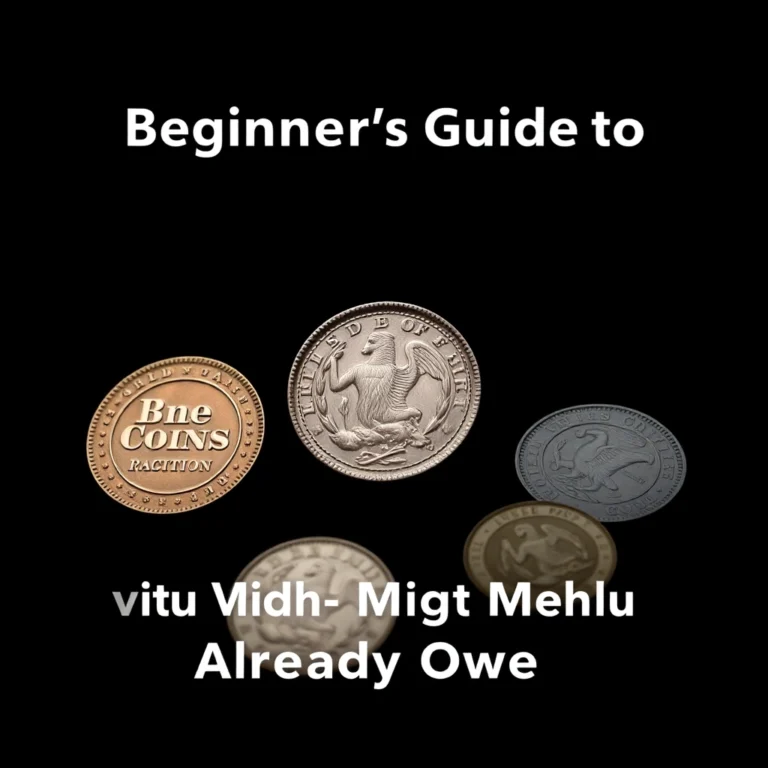In the fascinating world of coin collecting, myths and misconceptions abound, often leading both novice and seasoned collectors astray. Imagine the thrill of uncovering a rare coin, only to realize the truths and myths behind it could significantly impact your collection’s value. As guardians of history, these coins hold stories that transcend time, and understanding these tales is crucial.
This article delves into the myths surrounding rare coins, debunking falsehoods and revealing truths every collector should know. You’ll learn how to distinguish fact from fiction, ensuring your collection remains both robust and authentic. By separating myth from reality, you enhance not only your knowledge but also the potential value of your treasured coins.
Stay tuned as we explore the significance of these coins, and uncover secrets that might just elevate your collection to newfound heights of rarity and worth.
Myths About Rare Coins Every Collector Should Know
Coin collecting, or numismatics, is a captivating hobby enriched by history, art, and a dash of treasure hunting. While the allure of rare coins is undeniable, numerous myths and misconceptions surround them. In this article, we will dispel these myths by exploring the historical background, physical characteristics, mintage figures, varieties, and values of rare coins. Additionally, we will provide expert tips for authentication and collecting.
Historical Background and Significance
Rare coins often carry significant historical value, serving as tangible remnants of bygone eras. For instance, the 1804 Silver Dollar, known as the “King of American Coins,” was minted during the early years of the United States Mint, yet its story is filled with intrigue and mystery due to its limited production and later restrikes. Understanding the historical context of a coin adds depth to its significance and can enhance its value to collectors.
Physical Characteristics and Design
The design of a coin often reflects the cultural and political narratives of its time. Many rare coins, such as the Indian Head Cent or the Saint-Gaudens Double Eagle, feature intricate designs crafted by renowned artists. These coins are not just currency; they are miniature works of art. Collectors should familiarize themselves with the design elements, such as motifs, inscriptions, and edge details, to better appreciate and authenticate these treasures. 🪙
Mintage Figures and Rarity
A common myth is that all old coins are rare and valuable. However, rarity is determined by the mintage figures and the number of surviving specimens. For example, while millions of Morgan Dollars were minted, certain years and mintmarks, like the 1893-S, are exceedingly rare due to low production and high attrition rates. Understanding mintage figures is crucial for assessing a coin’s rarity.
Known Varieties and Errors
Varieties and errors add an exciting dimension to coin collecting. Varieties may include different designs or mintmarks, while errors can range from off-center strikes to doubled dies. These anomalies often increase a coin’s desirability and value. For instance, the 1955 Doubled Die Lincoln Cent is a famous error that commands premium prices due to its distinct doubling of the date and lettering. 🔍
Value Information
Determining the value of a rare coin involves several factors, including its grade, rarity, and market demand. Below is a table illustrating the value ranges for a hypothetical rare coin:
| Grade | Value Range |
|---|---|
| Good (G-4) | $150-$200 |
| Very Good (VG-8) | $250-$300 |
| Fine (F-12) | $400-$500 |
| Very Fine (VF-20) | $600-$750 |
| Extremely Fine (EF-40) | $900-$1,100 |
| About Uncirculated (AU-50) | $1,500-$2,000 |
| Mint State (MS-60) | $3,000-$4,000 |
| Gem Mint State (MS-65) | $5,000-$7,000 |
Authentication Tips
Authentication is paramount in rare coin collecting to avoid counterfeits. Collectors should look for signs of authenticity, such as weight, diameter, and metal composition, which can be verified using specialized tools. Consulting with professional grading services, such as PCGS or NGC, provides additional assurance. It’s also essential to be aware of common counterfeiting techniques specific to particular coins.
In conclusion, while myths about rare coins persist, understanding the historical context, physical characteristics, mintage, varieties,
FAQs
Are all old coins automatically valuable?
No, not all old coins are valuable. The value of a coin depends on its rarity, demand, condition, and historical significance rather than just its age. Coins that were minted in large quantities or lack historical importance generally have lower value.
How can I ensure my rare coin is authentic?
To authenticate a rare coin, consider having it evaluated by a professional grading service. Look for telltale signs of counterfeiting, such as unusual weights, incorrect lettering, and inconsistent wear patterns. Always buy from reputable dealers to minimize the risk of purchasing counterfeit coins.
What should I focus on when starting a coin collection?
Begin by researching and defining your interests, such as a specific era, country, or type of coin. Start with a manageable budget and gradually expand your collection as you gain knowledge and experience. Networking with other collectors and joining clubs can also enhance your collecting journey.
Why is the historical significance of a coin important?
Historical significance can greatly enhance a coin’s desirability and value. Coins that were part of major historical events or issued during significant periods often attract more interest from collectors due to their connection to history and the stories they tell.
What are common varieties and errors, and why do they matter?
Varieties and errors are deviations from a coin’s standard design, often due to minting mistakes or intentional changes. They are highly sought after because they are less common and add an element of uniqueness to a collection. Examples include double dies, off-center strikes, and planchet errors.
